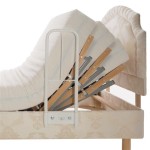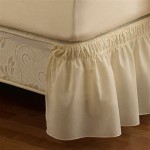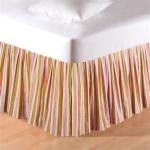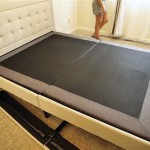How to Build a Twin Bunk Bed
Building a twin bunk bed is a rewarding project that can add a touch of whimsy and functionality to any bedroom. It is a relatively straightforward task for those with basic woodworking skills and a willingness to follow instructions carefully. This article will guide you through the process, providing detailed steps and helpful tips to ensure a successful outcome.
1. Planning and Material Preparation
Before beginning construction, it is essential to plan the project carefully. Determine the desired dimensions of the bunk bed, including the overall height, width, and length. Consider the age and size of the intended users to ensure adequate safety and comfort. Once the dimensions are finalized, create a detailed blueprint or sketch to visualize the components and their arrangement.
Next, gather the necessary materials. This typically includes: * Lumber: Select sturdy, high-quality lumber for the bed frame, such as pine, oak, or maple. * Screws: Use appropriate lengths and types of screws for joining the different components. * Bolts: Bolts are often preferred for securing the bed frame to the legs. * Wood glue: Use wood glue to reinforce the joints for added strength. * Stain or paint: Choose a finish that complements the existing décor. * Safety hardware: Include guardrails, ladder, and any other safety features deemed necessary. * Tools: Gather all necessary tools, including a saw, drill, screwdriver, sander, and measuring tape.
Ensure that all materials are cut precisely according to the blueprint. This will help to avoid errors and ensure a well-aligned bed frame.
2. Constructing the Bed Frames
Construction of the bed frames involves building two separate frames, one for the top bunk and one for the bottom bunk. The process is generally the same for both: * Cut the lumber to the desired length and width for the frame. * Use wood glue and screws to join the pieces together, forming a rectangular frame. * Reinforce the corners with additional screws or corner brackets for added strength. * Install the slats or plywood for the mattress support system within the frame.
When building the top bunk frame, ensure that it is securely attached to the bottom bunk for stability. Use heavy-duty bolts or metal brackets to connect the two. The top bunk frame should also include guardrails and a ladder for safety.
3. Assembling and Finishing
Once the bed frames are complete, assemble them by attaching the bottom bunk to the top bunk, ensuring that the frames are aligned and level. Securely fasten the ladder to the bottom bunk frame, ensuring that it is firmly attached and positioned for easy access to the top bunk.
The final step involves finishing the bunk bed. Sand all surfaces to create a smooth, even finish. Apply the chosen stain or paint to enhance the appearance and protect the wood from scratches and damage. Allow the finish to dry completely before adding the mattresses.
Before placing mattresses and allowing anyone to sleep on the bunk bed, inspect all components for stability and securely tighten any loose screws or bolts. Ensure that the guardrails and ladder are properly installed and functioning correctly.

2x4 Bunk Bed Rogue Engineer

2 4 And 6 Twin Bunk Bed Plan Jays Custom Creations

2x4 Bunk Bed Rogue Engineer

Simple Bunk Bed Plans Twin Over Full Ana White

Free Woodworking Plans To Build An Rh Inspired Kenwood Twin Over Bunk The Design Confidential

Farmhouse Style Twin Over Full Bunk Bed Plans Her Tool Belt

Free Woodworking Plans To Build An Rh Inspired Kenwood Twin Over Full Bunk The Design Confidential

Diy Built In Bunk Beds Lauren Koster Creative

Modular Bunk Bed Setup Woodworking Blog S Plans How To Diy Loft
:max_bytes(150000):strip_icc()/ana-white-free-bunk-bed-plans-587fbf8e3df78c17b6b55f0f.jpg?strip=all)
8 Free Diy Bunk Bed Plans You Can Build This Weekend







